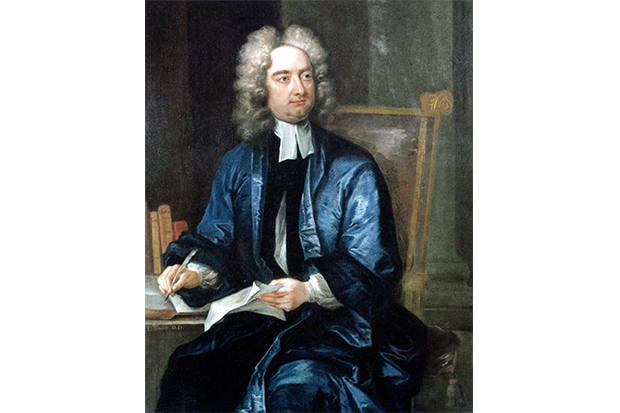John Burnside is the author of an impressive bookshelf of elegant novels and slim, precise volumes of poetry, and like all prolific writers he has certain repeated themes. Nicely, repetition is one of his themes. He writes of the tricks of memory, and the impossibility of perfectly recalling the past. He writes of absent fathers, often, and how they are remembered by their children. His poems sound like hymns, or the blues. ‘Before the songs I sang there were the songs/ they came from,’ begins his poem ‘Death Room Blues’, and ends: ‘I’m half convinced that childhood never happened.’ Burnside’s new novel Ashland & Vine is a story about telling old stories again, and never quite settling the truth of a childhood long past.
In summary, it sounds a little pretentious. A student called Kate is having a moderately unhappy, druggy relationship with a film-maker in a fictional American college town called Scarsville. The film-maker is from Estonia, or at least he claims to be, and he is called Laurits. He is a classic bore: he likes to say things like ‘history is written by the survivors’, and makes short films which include slow shots of a woman running up a flight of stairs, or birds circling round a pier.
One day, while helping Laurits research his latest spurious project, Kate meets an older woman called Jean, and the two women are drawn to each other. They agree to meet again, and their meetings compose the structure of the book. In each short chapter, Jean tells Kate stories, of American radicals of the 1960s, the Weather Underground and the My Lai massacre. A little like Scheherazade in the Arabian Nights, Jean ends each story with a promise of what she will tell tomorrow, but Kate must in return agree to stay sober.
And yet this is a delicate, beautiful novel, filled with tender details and sharply evoked, lyrical moments. Each chapter is shaped like a short story and arranged around a set motif: the vulnerability of the body, for example, or the romance of lost causes. This is a deeply poetic form, and recalls Kate’s description of Laurits’s films: ‘For Laurits, a story was just the string on which the real pearls were threaded. What he wanted was atmosphere, texture, weather.’
The atmosphere of Ashland & Vine is American. Although Burnside is Scottish, and teaches at St Andrews, the novel has a deeply American sensibility: at times it recalls the great novelist Marilynne Robinson, and lines echo the poems of Emily Dickinson. There are echoes, too, of the short stories of James Joyce, for this is a highly literary book, as well as an almost religious one. It considers the huge devotional questions that have long animated writers, about what happens after death, and what is holy in the modern world. The café where Jean and Kate sit and talk is called the Sacred Grounds, which is a terrible but revealing pun, for one of the novel’s quiet obsessions is with what we may base our beliefs upon.
Got something to add? Join the discussion and comment below.
Get 10 issues for just $10
Subscribe to The Spectator Australia today for the next 10 magazine issues, plus full online access, for just $10.














Comments
Don't miss out
Join the conversation with other Spectator Australia readers. Subscribe to leave a comment.
SUBSCRIBEAlready a subscriber? Log in